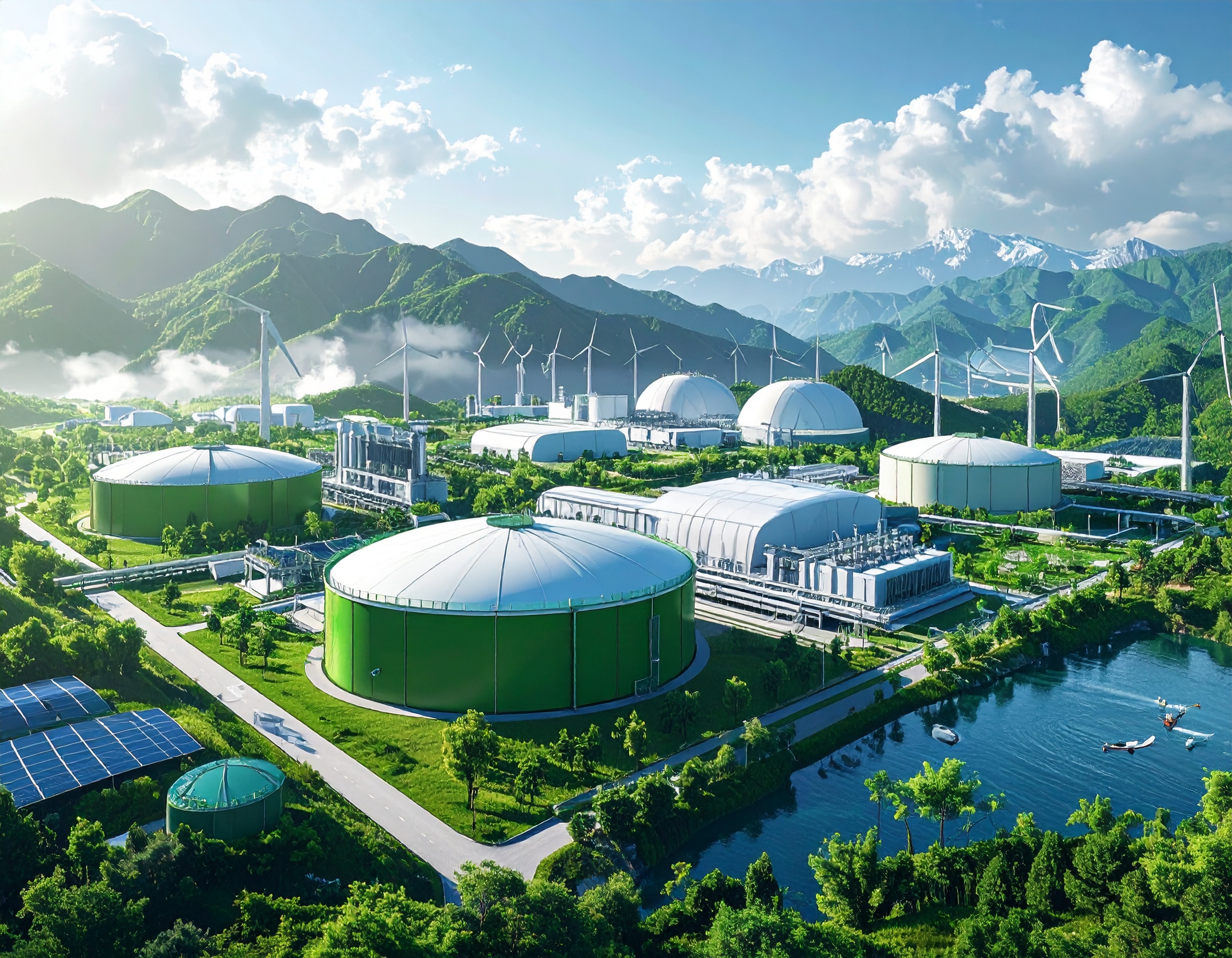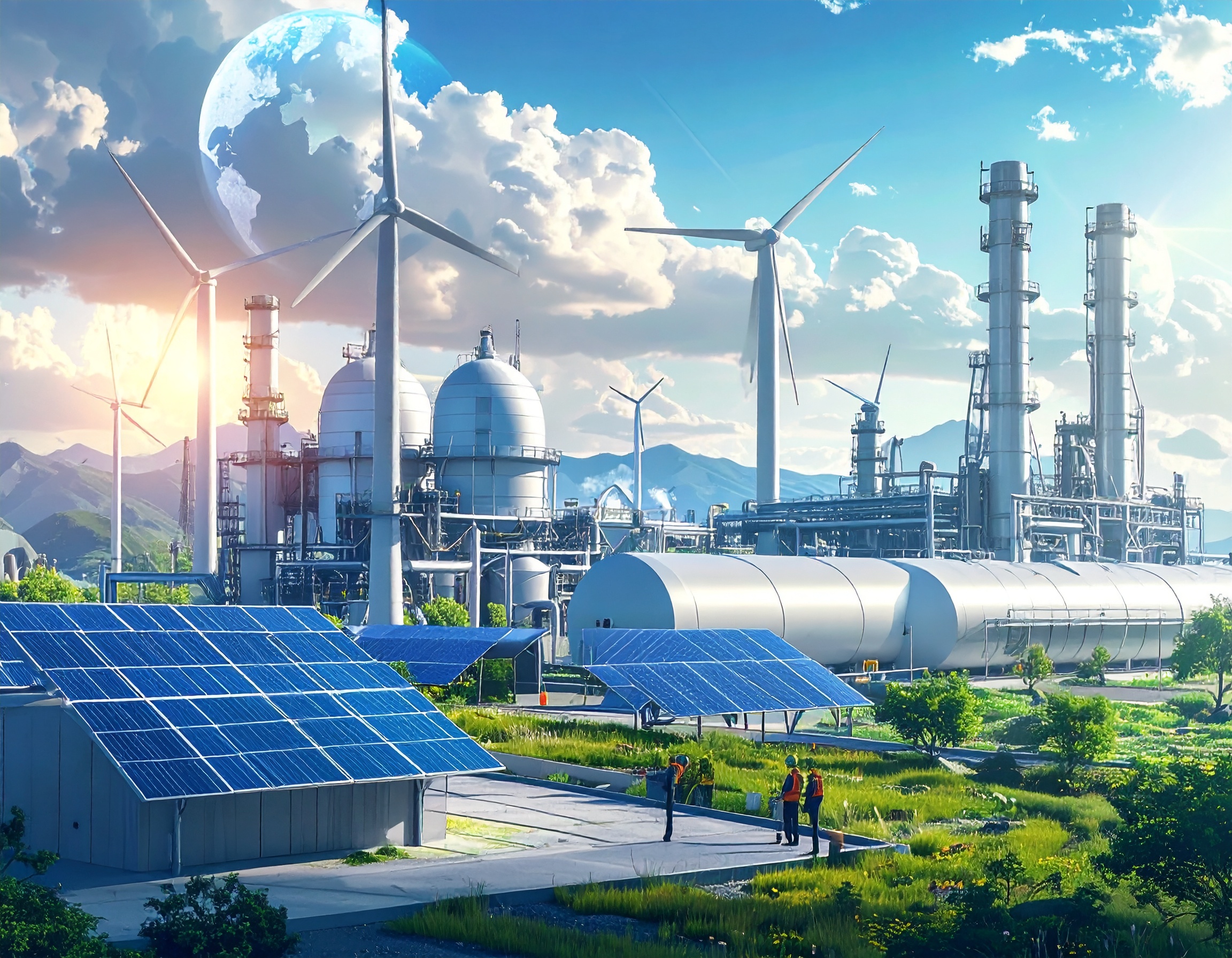China Launches Ambitious Nationwide Hydrogen Pilot Program

China’s National Energy Administration (NEA) has announced a major nationwide pilot program to accelerate hydrogen technology, infrastructure, and applications. The program aims to achieve large-scale commercial deployment by June 2028 and will focus on 11 key areas across the hydrogen value chain.
The initiative encourages projects that demonstrate technological innovation, strong commercial potential, significant carbon reduction, and scalable models for future replication. “Projects should deliver technological advancement, innovative business models, and measurable carbon reduction benefits,” the NEA stated.
Green and Low-Carbon Hydrogen Production
Key pilots include large-scale green hydrogen production with electrolyser facilities of at least 100MW, powered primarily by renewable energy. Nuclear-powered hydrogen production will also be supported in regions with stable baseload capacity. Off-grid hydrogen systems of 10MW or more will be developed in remote locations such as deserts, plateaus, and offshore sites, integrating solar, wind, and energy storage to create autonomous microgrids.
Low-carbon hydrogen production will use industrial by-products and retrofit existing fossil-based systems with carbon capture and utilization technologies.
Hydrogen Storage and Transport Innovation
The pilot program will showcase advanced storage and transport solutions, including hydrogen pipelines of 100 kilometres or more, 5-tonne-per-day liquid hydrogen plants, and new carriers such as liquid organic hydrogen carriers (LOHCs) and metal hydride tanks. Storage facilities will have minimum capacities of 20,000 normal cubic meters (~1,669 kg).
Hydrogen Applications and Energy Integration
NEA’s pilots also target hydrogen use in refineries, coal-to-liquid conversion, hydrogen-ammonia power generation, and long-duration energy storage. Projects aim for annual renewable hydrogen use exceeding 1,000 tonnes, with turbines above 10MW running on hydrogen or ammonia blends of at least 15%. Coal-fired power units over 300MW will co-fire hydrogen or ammonia at minimum 10% rates. Energy storage systems must sustain at least 1MW output for four continuous hours, while hydrogen fuel cells of 0.5MW and above will be deployed in buildings, industrial sites, telecommunications, and remote areas.
Each province and central state-owned enterprise may nominate up to five individual projects and two regional pilots. Priority will be given to initiatives with existing permits, alignment with national R&D strategies, or pioneering technologies supported by solid commercial and technical foundations.
This bold hydrogen pilot program positions China as a global leader in clean energy technology, driving innovation across production, storage, transport, and applications while supporting the country’s carbon neutrality goals.

